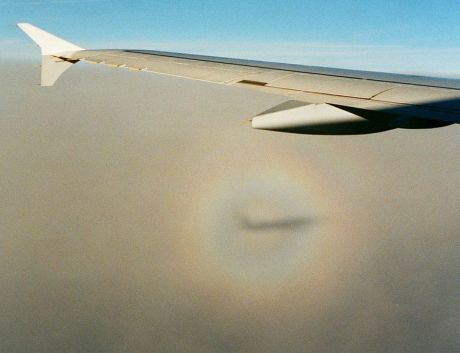Knowledge-based design of morphing wings

Airplane, fot. public domain
Morphing skin offers the potential to decrease the fuel consumption of aircraft by allowing wings to adjust to changing flight conditions. EU-funded researchers have developed an engineering framework able to define the optimal design of such adaptive structures.
The design of morphing wings must satisfy two contradictory
requirements. Specifically, the outer skin should be flexible enough so
that the minimum amount of energy is consumed to adapt the wings' shape.
At the same time, it is expected to be rigid enough to maintain the new
shape under aerodynamic loads when the morphing mechanism is not
actuated.
Researchers on the EU-funded project MOSKIN (Morphing skin with tailored non-conventional laminate) proposed an approach based on the optimisation of aerodynamics, stiffness and actuation for a given morphing shape. The optimal shape can guarantee aerodynamic performance while the mechanisms and materials meet kinematic and structural requirements.
The project team developed a finite element modelling software to evaluate deformations and the corresponding sensitivities that are used to optimise the stiffness of fibre-steered variable-thickness laminates. The updated laminate properties are then inputted into the code and the loop continues until the designed skin is able to take the pre-defined target shape.
MOSKIN members demonstrated the capabilities of the multi-step optimisation procedure with a straight fibre panel of variable thickness. The designed panel was manufactured with an automated fibre placement machine and tested using sand bags, resembling aerodynamic loads. The measured deflections were in good agreement with the finite element analysis results.
The project's composite tailoring software is expected to find applications in the aerospace, automotive and wind energy industries where the design of conventional and non-conventional composite structures can be improved. The design improvements will ultimately mean better aero-elastic behaviour as well as thermal and vibration properties.
published: 2016-03-29